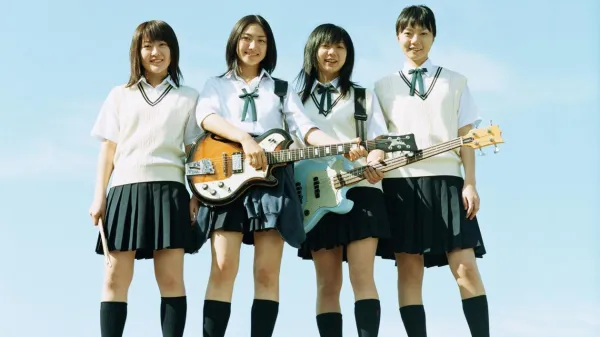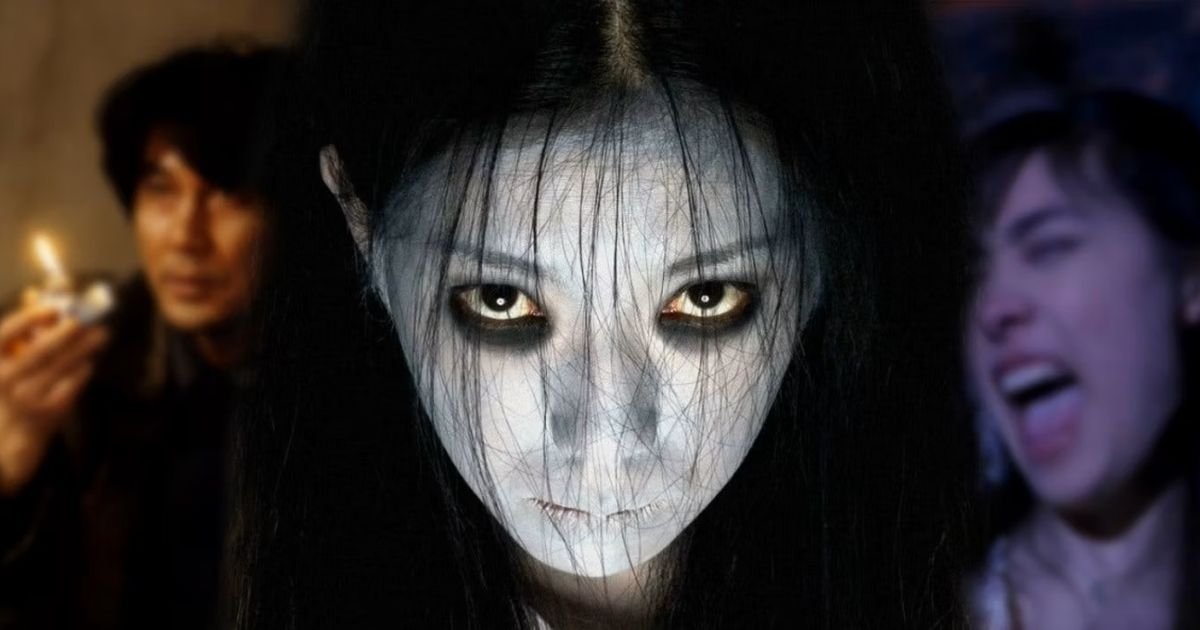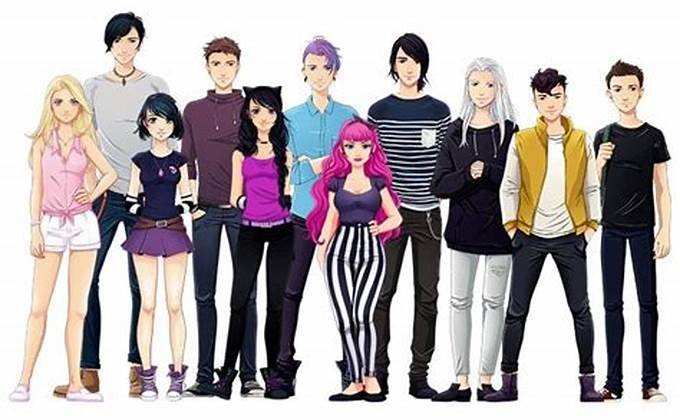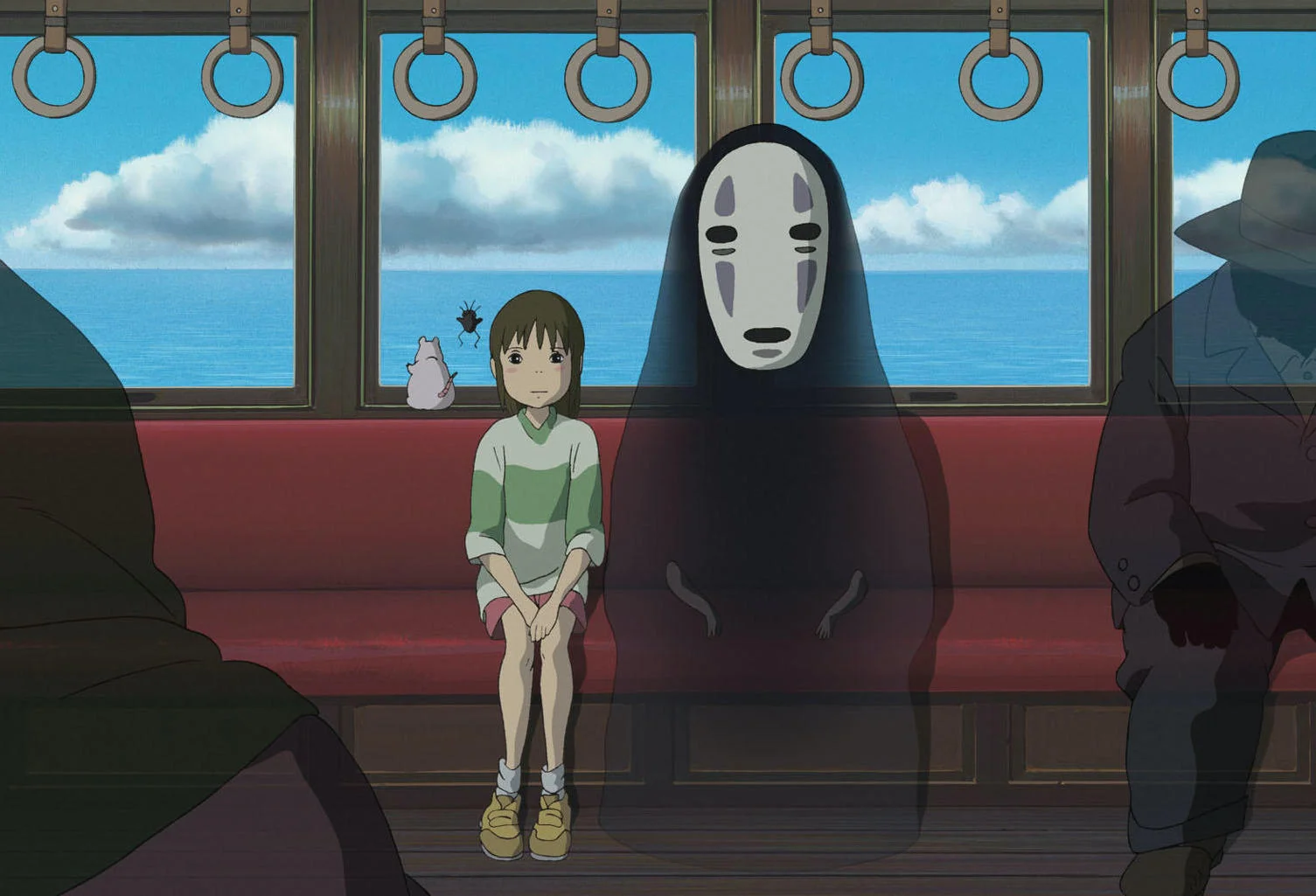Japanese cinema often delves into the intricate layers of family dynamics and the societal roles that govern these relationships. From the quiet realism of Yasujiro Ozu to the emotionally charged narratives of contemporary directors, Japanese films offer unique insights into how families interact, face challenges, and reflect broader societal norms. This article explores how Japanese filmmakers depict family life, generational conflicts, and the evolving nature of society in their work.
1. Generational Conflict in Classic Japanese Cinema
Generational tension is a recurring theme in Japanese films, with many narratives highlighting the clash between traditional values and modern ideals. Yasujiro Ozu’s Tokyo Story (1953) is a prime example, where elderly parents visit their children in Tokyo, only to discover that their lives and priorities have shifted. The film poignantly portrays the disconnection between generations and the loneliness experienced by older family members as societal norms evolve.
- Key Theme: Ozu often used minimalistic storytelling and slow pacing to underscore the quiet tensions between generations. This subtle approach allows viewers to reflect on how cultural shifts affect family unity.
2. Family Obligations and Honor in Samurai Films
In samurai films (Jidaigeki), the portrayal of family often centers on honor, loyalty, and duty to one’s family and lord. Films like Akira Kurosawa’s Ran (1985) illustrate the devastating consequences of familial betrayal, with a father’s trust in his children leading to chaos and ruin. These films frequently highlight how family obligations are intertwined with social status and personal honor, often at the cost of individual desires.
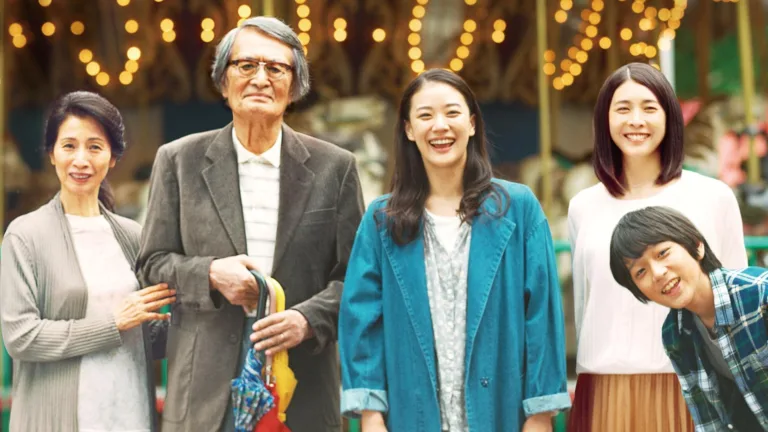
- Key Theme: Samurai films portray family ties as not only emotional bonds but also social contracts that must be upheld, sometimes to tragic ends.
3. The Role of Women in the Family
In traditional Japanese society, women have historically been seen as the caretakers of the family, and Japanese cinema has explored the pressures and sacrifices associated with this role. Directors like Kenji Mizoguchi focused on the struggles of women in a patriarchal society. His films, such as The Life of Oharu (1952), often depict the emotional and social toll of being a woman navigating family expectations in an oppressive society.
- Key Theme: Mizoguchi’s films highlight how societal expectations often confine women to roles of servitude, with their personal desires and ambitions suppressed in favor of family obligations.
4. Depictions of Modern Family Life in Contemporary Cinema
Modern Japanese films take a more nuanced approach to family dynamics, often reflecting the changing nature of family roles in contemporary society. Films like Hirokazu Kore-eda’s Shoplifters (2018) question the very definition of family, portraying a group of outsiders who form their own familial bonds outside the bounds of conventional societal norms. These films explore themes of economic struggle, adoption, and non-traditional family structures, revealing how the concept of family has shifted in Japan’s modern era.
- Key Theme: Kore-eda’s work often explores the fragility of family relationships in the face of societal and economic pressures, reflecting the diverse ways families are formed and maintained today.
5. The Effects of Urbanization and Modernization on Family Structure
As Japan has rapidly urbanized, its films have mirrored the changing nature of family life in increasingly modernized and urban environments. In films like Tokyo Sonata (2008), the impact of unemployment, economic stress, and social alienation on a middle-class family is examined. This film portrays how traditional family roles are challenged by societal changes, particularly when the father is no longer the breadwinner, leading to a crisis in both personal identity and familial structure.
- Key Theme: The depiction of urban isolation and the breakdown of communication within families is a reflection of modern Japanese society, where the pressures of work and urban living can erode traditional family bonds.
6. Intergenerational Bonding and Social Change
In films like Isao Takahata’s Grave of the Fireflies (1988), the focus shifts to the interdependence of family members during times of societal upheaval. Set during World War II, the film explores the bond between a brother and sister as they navigate the horrors of war, reflecting how family loyalty and love can persevere even in the most desperate circumstances. The film critiques the lack of social support and the alienation of children from the broader societal framework, highlighting the vulnerability of family units in times of crisis.
- Key Theme: Takahata’s films often showcase how external societal forces—whether war or economic hardship—impact the structure and survival of family relationships.
Conclusion
Japanese films provide a rich tapestry of family dynamics, offering deep insights into the cultural and societal shifts that shape these relationships. From the quiet depictions of generational conflict in Ozu’s films to the emotional explorations of modern family structures in Kore-eda’s work, Japanese cinema reveals the complexities and beauty of family life in a rapidly changing society. Through these films, viewers gain a profound understanding of the cultural and social forces that influence family bonds in Japan.







